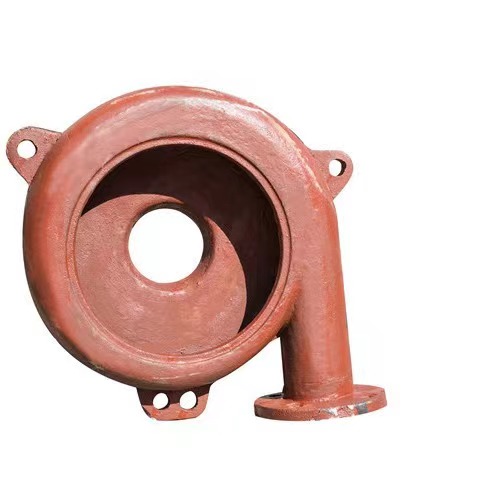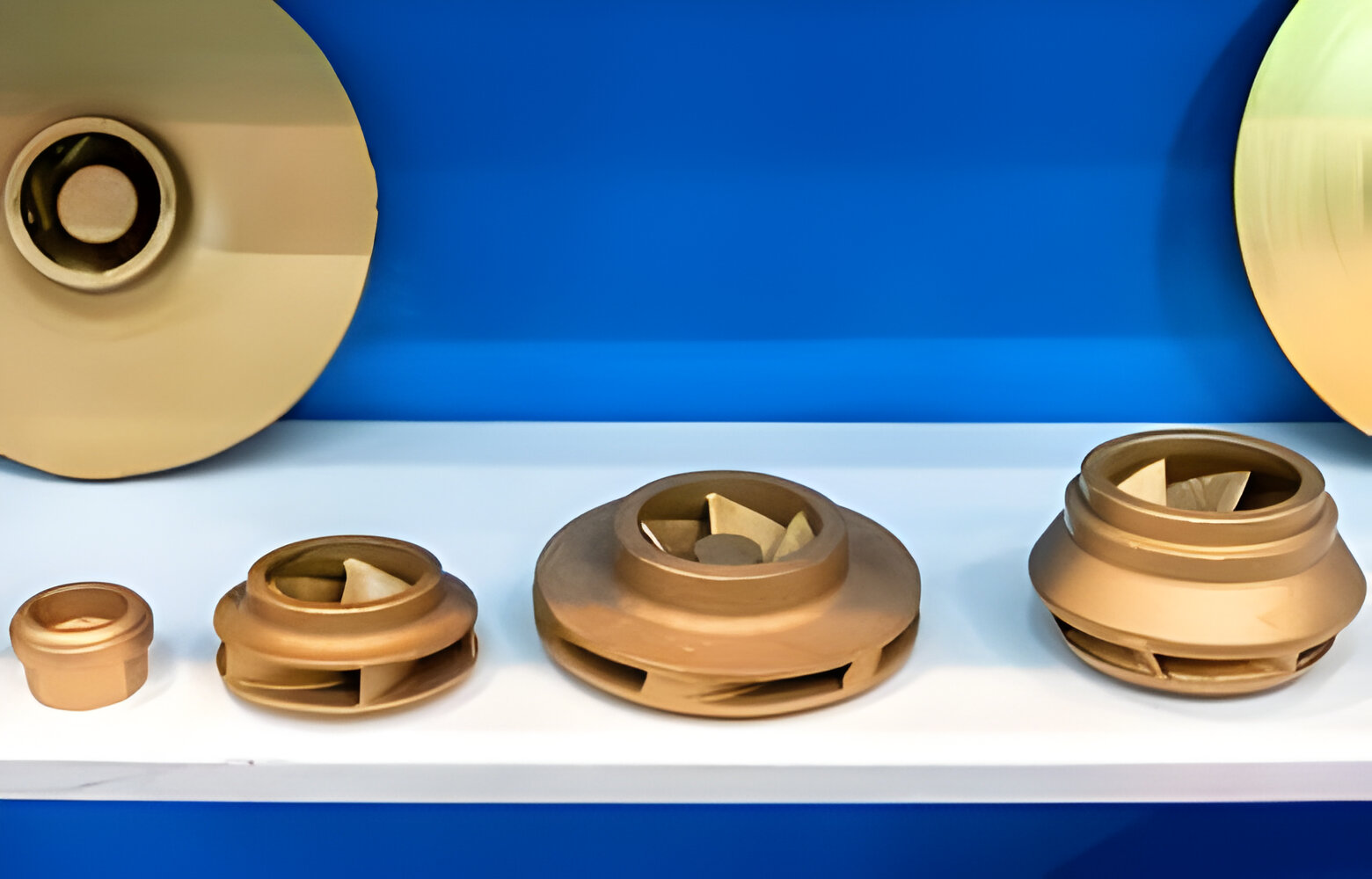Speed bumps and speed humps are key in keeping our roads safe. They help slow down cars, making it safer for people walking. By placing them in the right spots, we can make our streets safer for everyone.
Speed bumps are usually 3 to 4 inches high. They make drivers slow down to about 5-10 mph. Speed humps are similar but wider, letting cars go up to 15 to 20 mph. Both are great at making roads safer.

These devices really make a difference. Studies show they can cut vehicle speeds by 40%. The National Institute of Health also found a 53% to 60% drop in car accidents among kids where they're used.
Speed bumps are not allowed on public streets in many places. But they're common in parking lots and private roads. Speed humps, on the other hand, are perfect for school zones and neighborhoods. They help keep pedestrians safe.
Using speed bumps and humps wisely is a big step towards safer communities. They help lower accident risks and protect everyone on the road. This includes drivers, pedestrians, and especially the most vulnerable among us.
Pros and Cons of Speed Bumps
Speed bumps are a great way to slow down cars to 5 mph or less. They make traffic safer, especially in places like school zones and neighborhoods. They're simple to put in, don't cost much, and can be made from concrete, asphalt, plastic, or rubber.
Speed Bumps: Pros and Cons
Speed bumps are raised structures that force vehicles to significantly reduce their speed.
Advantages:
1.Effective Speed Reduction: Speed bumps are highly effective at enforcing low-speed driving, making them ideal for areas such as parking lots, residential zones, and school premises.
2.Cost-Effective: Their installation requires minimal resources and expertise, keeping costs low.
Disadvantages:
1.Discomfort for Drivers and Passengers: The abrupt change in elevation can cause discomfort, especially for larger vehicles or poorly maintained roads.
2.Impact on Emergency Response: Speed bumps can slow down emergency vehicles, potentially delaying critical response times.
Pros and Cons of Speed Humps
Speed humps are a common way to slow down cars and keep pedestrians safe. They are softer than speed bumps and make drivers slow down to about 15 mph. They are good for public roads and areas where cars go faster.
Advantages:
1. Better Driving Experience: Their design minimizes discomfort, making them suitable for medium-speed areas such as urban streets and industrial zones.
2.Pedestrian Safety: They effectively reduce speeds without halting traffic flow, improving overall safety.
Disadvantages:
1.Limited Speed Reduction: Speed humps are less effective at enforcing significant speed reductions, particularly for lighter vehicles.
2.Higher Costs: Their broader design requires more materials and labor, leading to increased installation costs.

"Speed humps have been shown to reduce collisions by up to 44%, based on tests from the Iowa Department of Transportation."
Which Option is Better for Specific Needs?
Choosing between speed bumps and speed humps depends on the road's needs. Both can slow down traffic, but they work differently. This makes them better for different places.
Speed bumps are great for places with very low speed limits. They slow traffic down to about 5 mph. Speed humps, on the other hand, slow traffic down more gradually, to 15 to 25 mph.
For public roads and areas with moderate speed limits, speed humps are better. They are less likely to disrupt traffic and emergency vehicles. They also cause less damage to cars than speed bumps.
| Feature | Speed Bumps | Speed Humps |
|---|---|---|
| Ideal Speed Range | Around 5 mph | 15 to 25 mph |
| Height | 6 inches | 3 to 4 inches |
| Disruption to Traffic Flow | More Disruptive | Less Disruptive |
| Potential for Vehicle Damage | Higher | Lower |
| Maintenance Requirements | Lower | Higher |
Choosing between speed bumps and speed humps depends on the area's traffic volume, road type, speed limit, pedestrian activity, and emergency response needs. Also, think about installation costs and maintenance requirements for the best solution.
"Radar speed signs offer a flexible and data-driven approach to traffic calming, allowing for easy testing and adjustment to specific road conditions."
Speed bumps and speed humps are still popular. But, radar speed signs are becoming more common. They can adjust to different road conditions without needing to be installed permanently.
KT-Casting
Bring Your Designs to Reality– Experience Custom Perfection with On-Demand Casting!
Conclusion
Speed bumps and speed humps are indispensable tools for managing traffic and ensuring safety. Each has its unique strengths, and the choice should be guided by the area's specific requirements. At KT-FOUNDRY, we combine expertise in casting and traffic safety to deliver customized solutions for our clients. Contact us today to discuss your project needs by visiting our Contact Us page.






